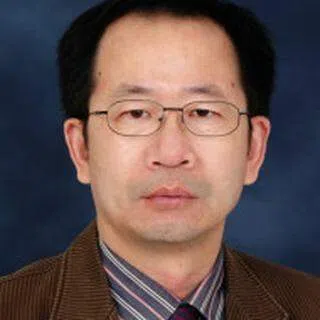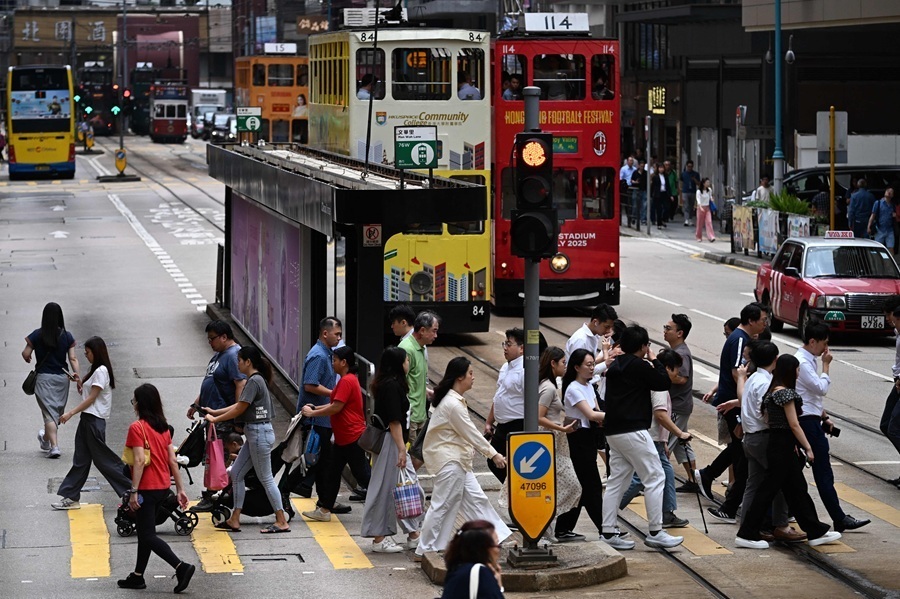Empty properties in China does not simply point to oversupply
China's property market is not in the best shape at the moment, and the complex rules and laws involved in owning and selling property and land are perhaps adding to the problem, particularly in the difficulties rural farmers might face in liquidating their assets when they need cash. So, while it seems that there is plenty of unsold housing in Chinese cities, the real issue might not be that simple.
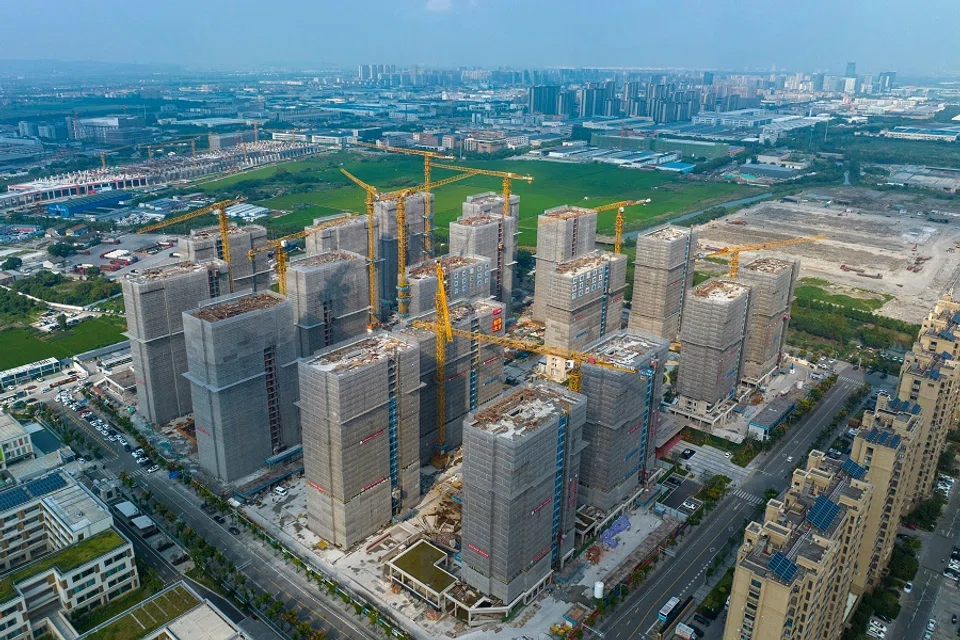
He Keng, the former deputy director of China's National Bureau of Statistics, said at the 2023 China Real Economy Development Conference that there is an oversupply of properties in Chinese cities that even China's 1.4 billion people may not be able to fill. Qiu Baoxing, former vice-minister of Housing and Urban-Rural Development, had also said at the Chinese Cities Urban and High Quality Development Forum in 2022 that the housing vacancy rate has reached 15%, with some provinces even hitting the 25% to 30% mark.
China's 2020 National Population Census showed that the average living space for Chinese households per capita was 41.76 square metres, but not many felt they were living in such a wide space.
Even so, having 1.4 billion people and yet not filling homes does not simply point to a housing oversupply; there is also concurrent structural shortage and structural excess.
Population outflow has led to many rural villages becoming empty, with many houses there occupied only for a few days during the Chinese New Year holidays.
Movement of people
From 1980 to 2010, when the economy grew rapidly, 600 million Chinese (more than the total population of the European Union, and more than the combined populations of the US, Japan, UK, Canada and Australia) moved from rural areas into the cities. However, in many Chinese cities, especially first-tier cities, there are household registration restrictions for those who move in.
People face a lack of job opportunities back home, and though they work in the city, there is no sense of belonging; there is no place for the soul in the city, and no place for the body in one's hometown. So, most people choose to work in the city and build or buy a house in their hometowns.
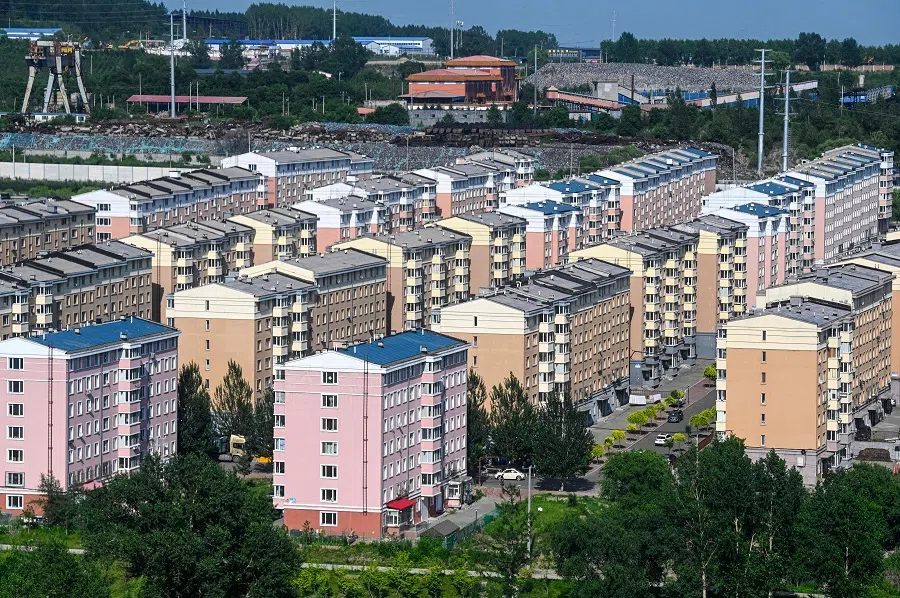
Population outflow has led to many rural villages becoming empty, with many houses there occupied only for a few days during the Chinese New Year holidays. Most of the time, many live in cramped rented spaces in the cities they work in, while the average "41.76 square metres" is left unoccupied.
Complex laws and regulations
There are restrictions on buying houses in cities and selling houses in rural villages, and the free movement of people coupled with the shackled property market has led to misallocation and inefficient utilisation of real estate resources, as manifested by operating difficulties and the collapse of many real estate companies in recent years.
In essence, farmers are deprived of their rights with regard to land and property.
China's complex land rights have long led to high costs, especially for rural homestead land as well as associated collective land. Without restrictions on purchases in cities, city dwellers would have the right to sell their house and land to other city dwellers, or to farmers, or mortgage it to banks, while farmers would not have the right to sell their houses to city dwellers, or to farmers from other villages. They would also not have the right (more accurately, it would be impossible for them) to mortgage their property to financial institutions to secure a loan when they need funds.
When farmers have no right to transfer ownership of their land and/or property, financial institutions would not accept mortgages based on those. Farmers cannot liquidate these fixed assets, and naturally, it is difficult for them to secure loans. In essence, farmers are deprived of their rights with regard to land and property.
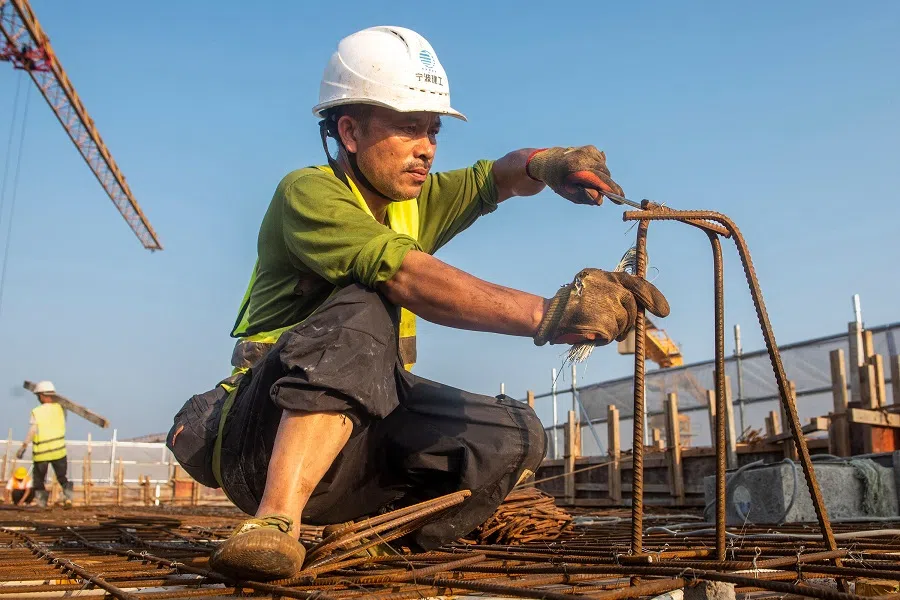
Power cannot be transactional. Rights must be transactional. Otherwise, the rights of a citizen would in fact be power held by the officialdom.
China needs to improve on the free movement of real estate, and scrap policies that restrict the purchase of property for cities and rural areas in order to effectively increase the occupancy rate for residences nationwide.
Imbalance in population distribution
Urbanisation is the general trend; in the middle-income countries and above today, the top 20 cities house more than 50% of the population of each nation. Following urbanisation, there would also be a process of "metropolisation", as is most evident in East Asia.
The Tokyo metropolitan area with its 42 million people accounts for more than 30% of Japan's population and contributes more than 50% of GDP, which is also a result of the efficiency from concentrating manpower to handle an array of roles. The population in the Seoul metropolitan area exceeds a third of South Korea's total population, while the Taipei economic circle covering Taipei, New Taipei, Taoyuan and Hsinchu likewise hosts over a third of Taiwan's total population.
China needs to improve on the free movement of real estate, and scrap policies that restrict the purchase of property for cities and rural areas in order to effectively increase the occupancy rate for residences nationwide.
In 2021, among the top 15 areas in the US where retirees are moving to, none were major cities. Retirees from big cities sell their property, and then move to a smaller city or a rural area to enjoy their golden years. This increases the housing supply in big cities and prevents property prices in these cities from rising, and also reduces the number of vacant residences in rural areas.
